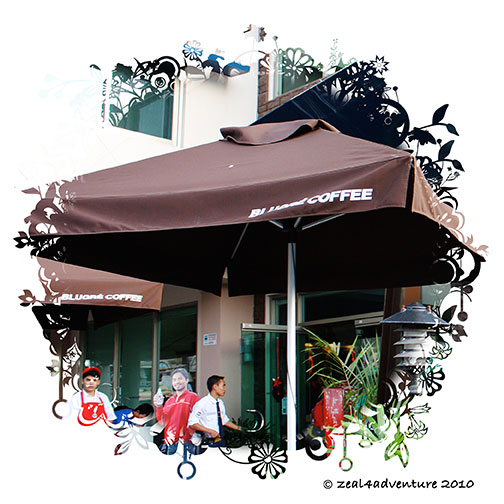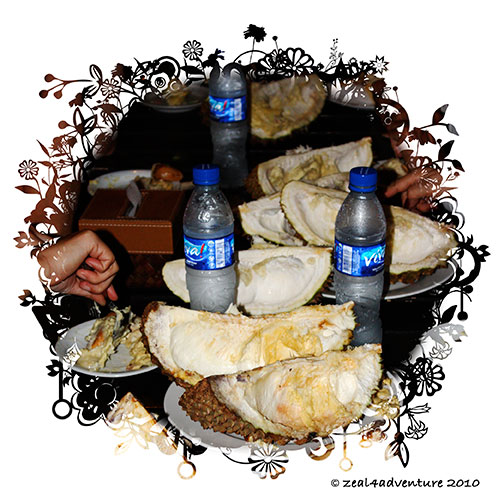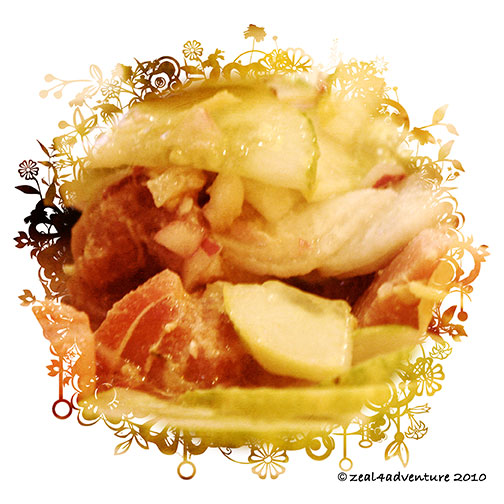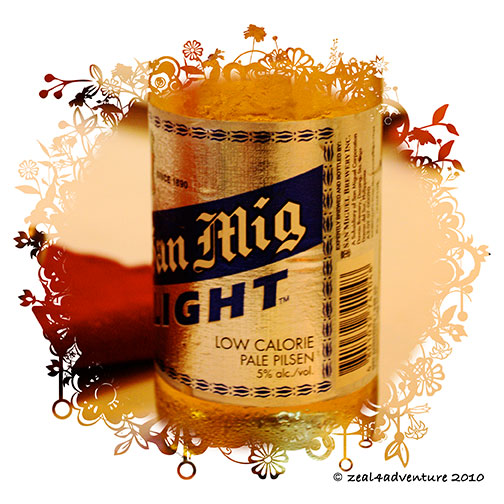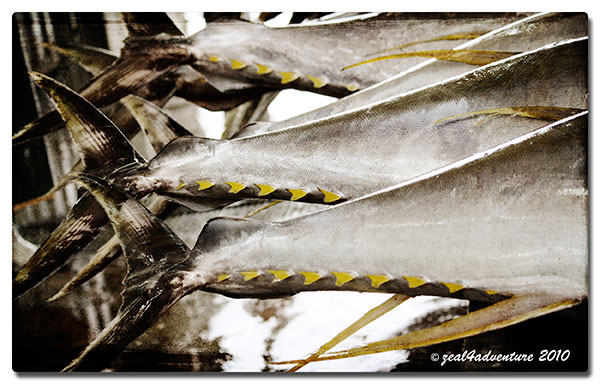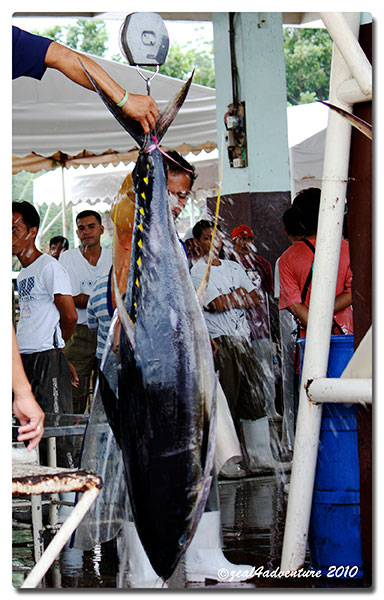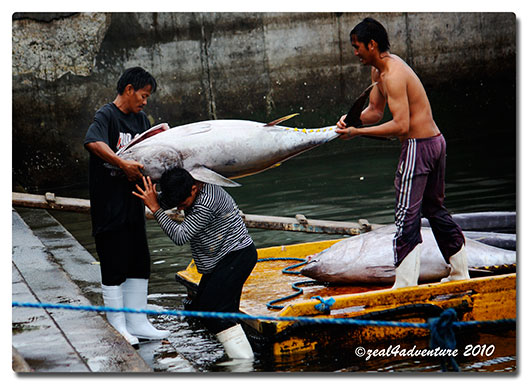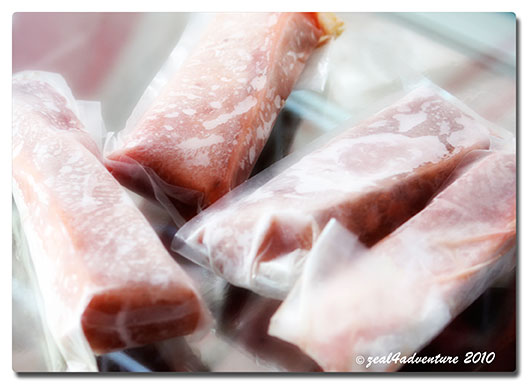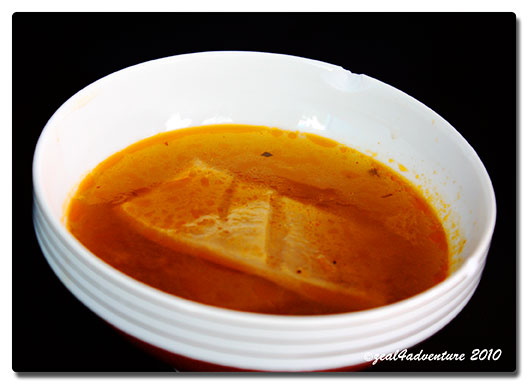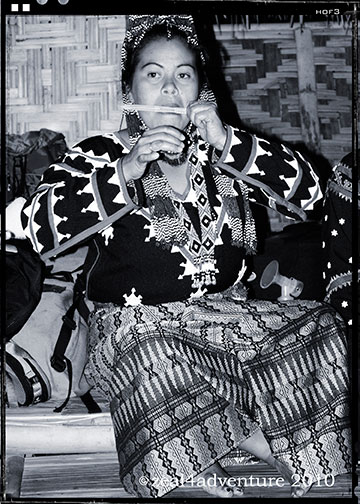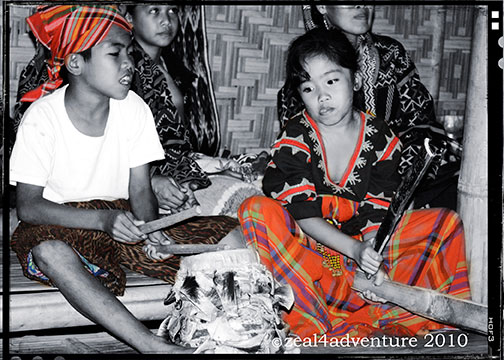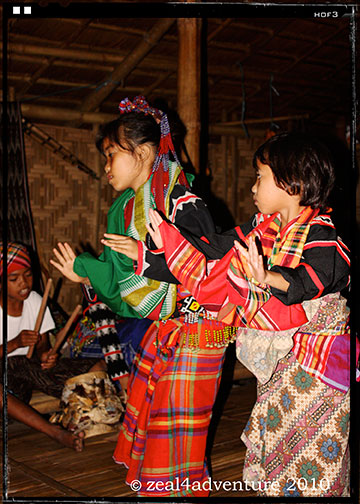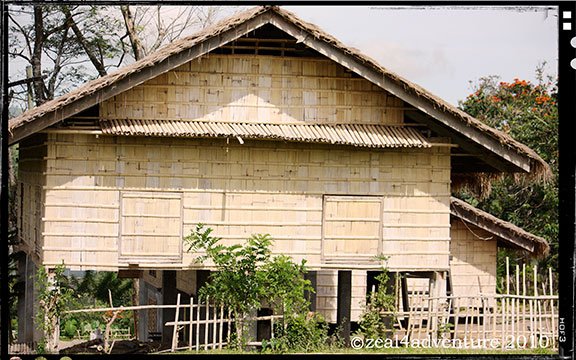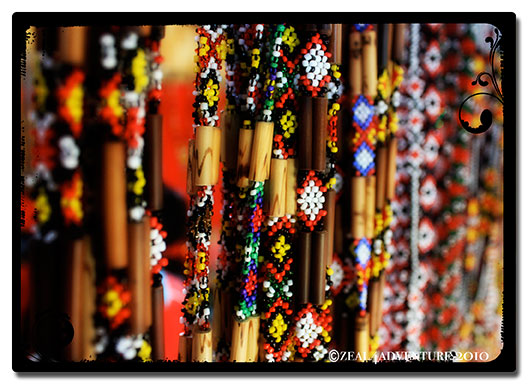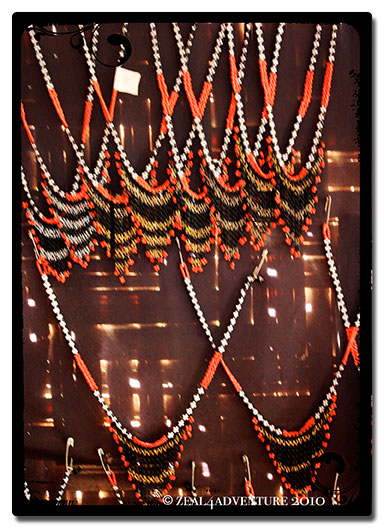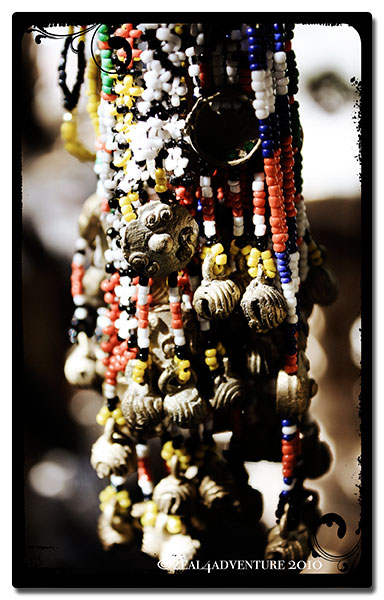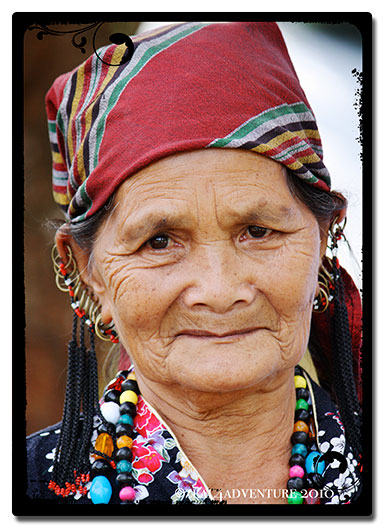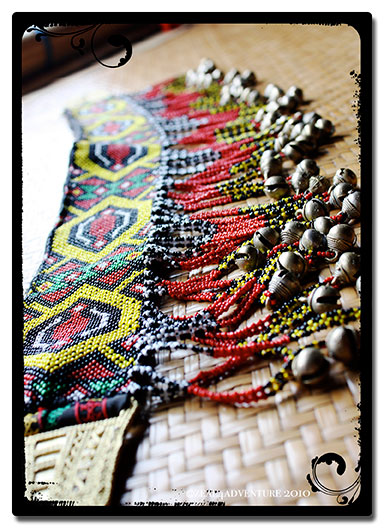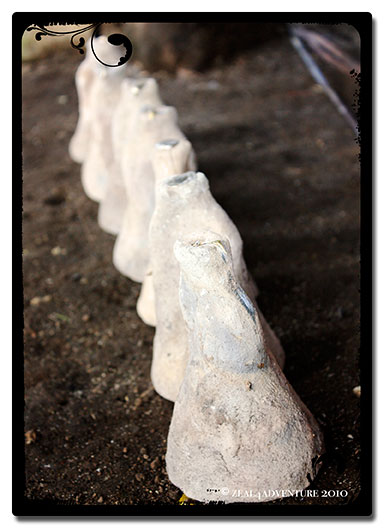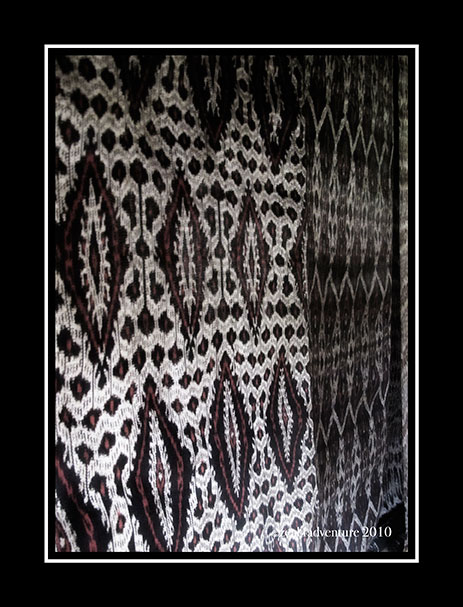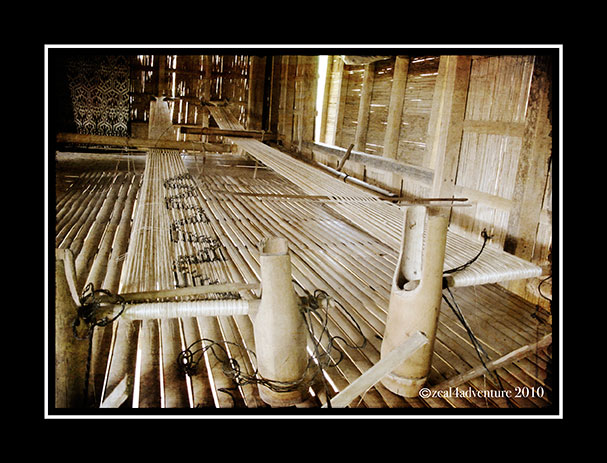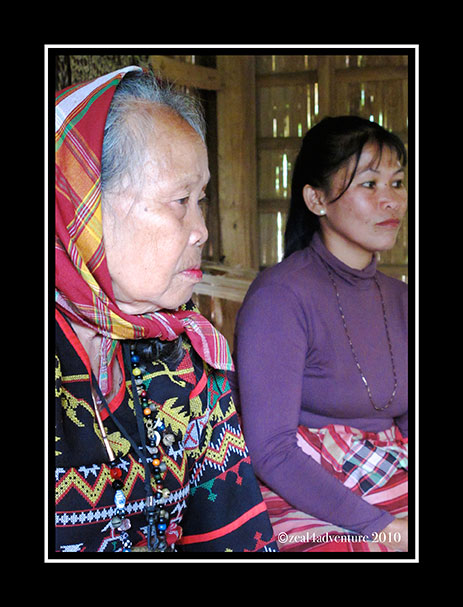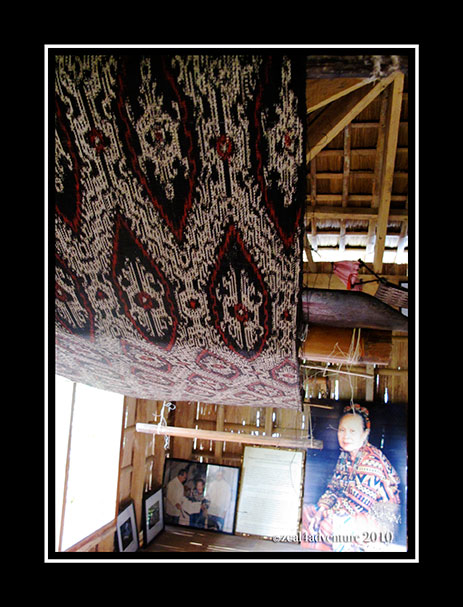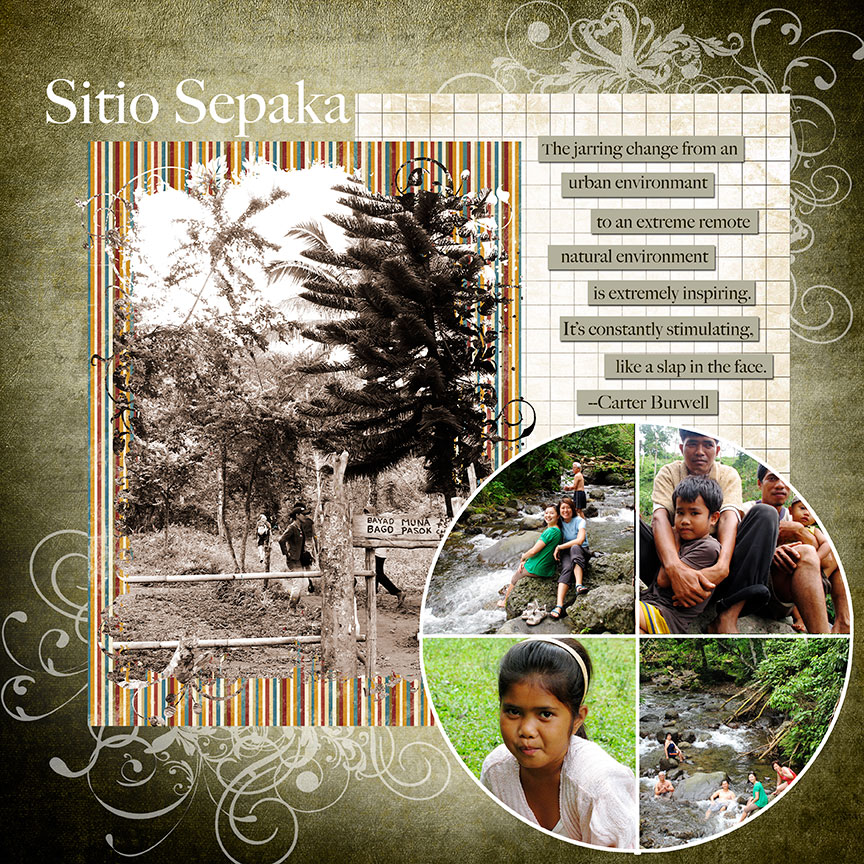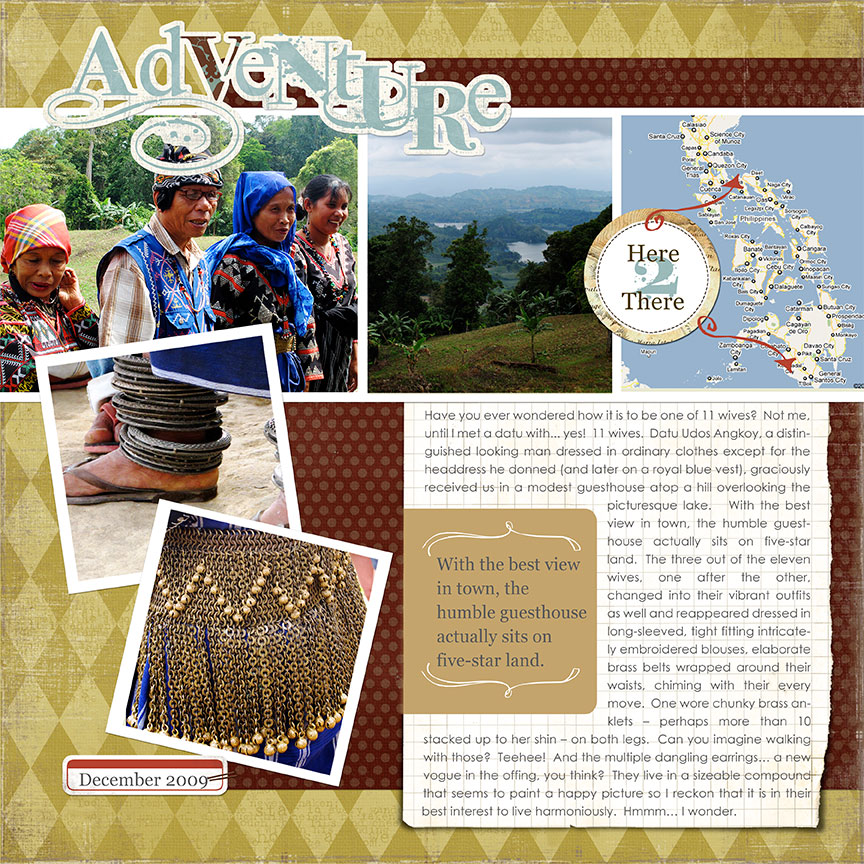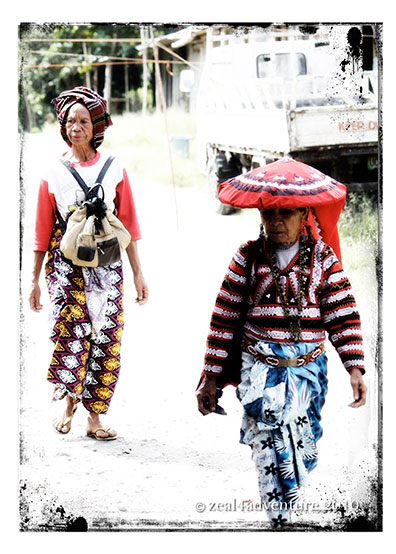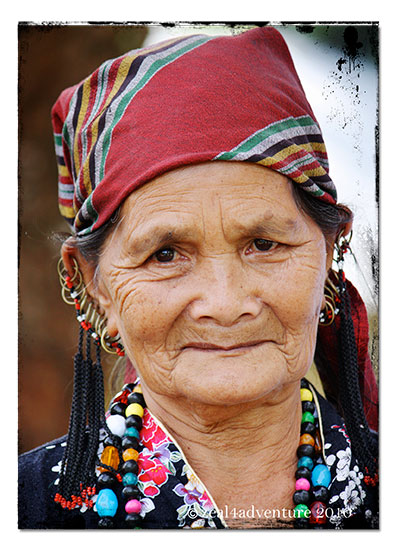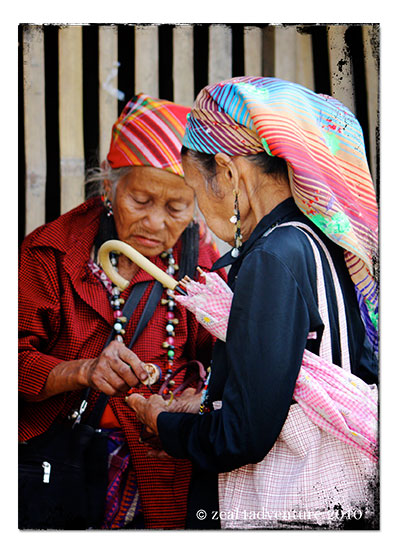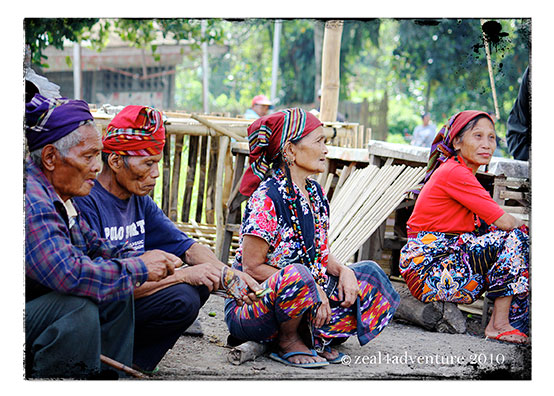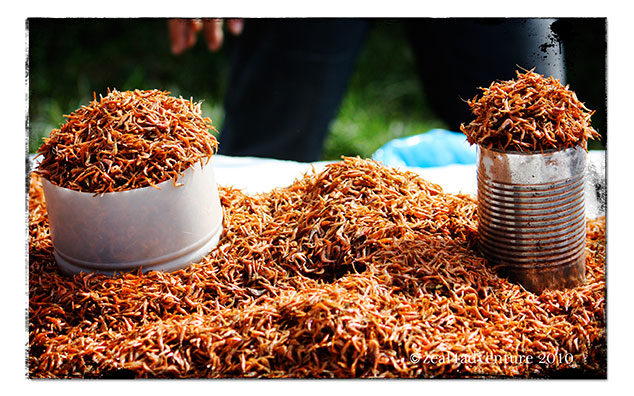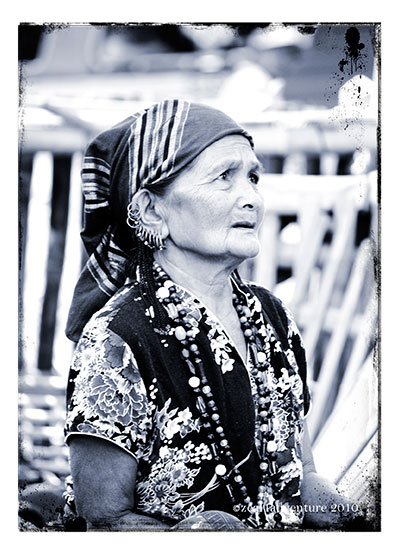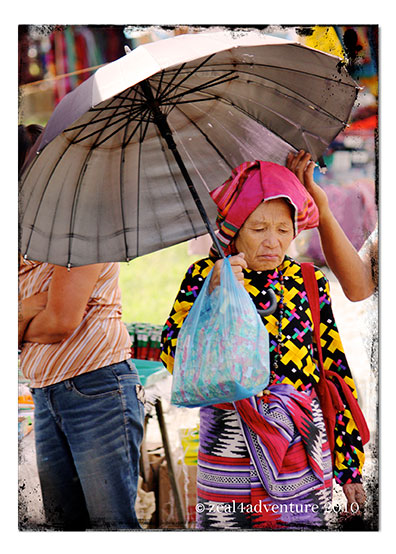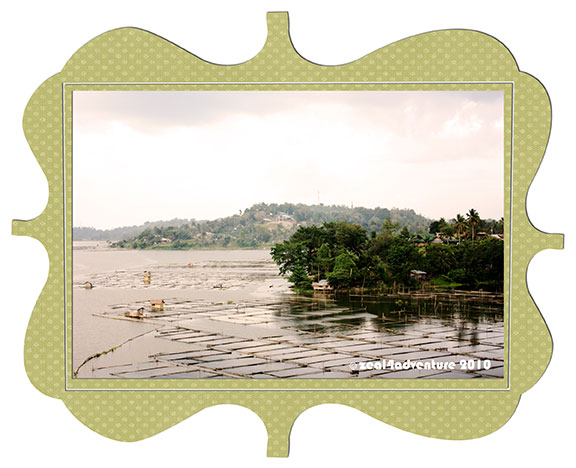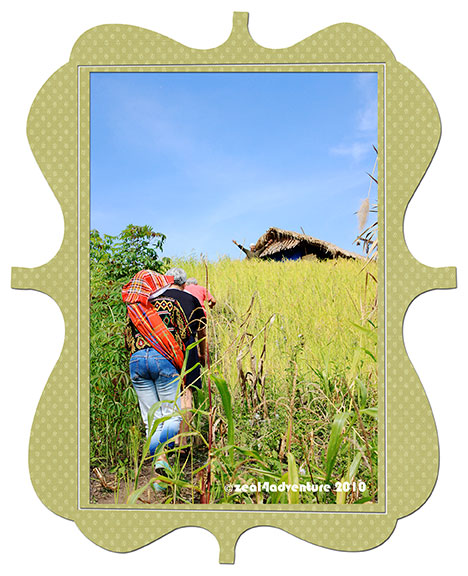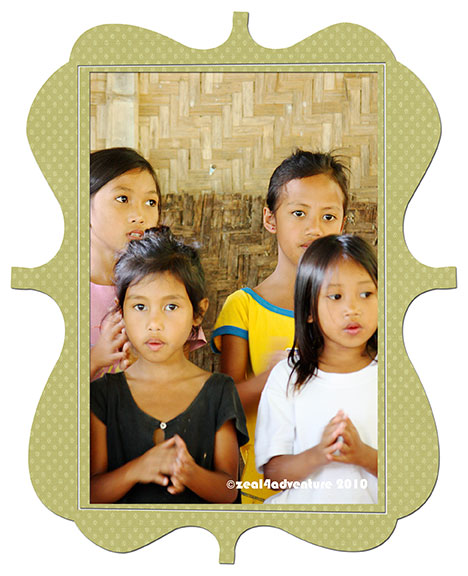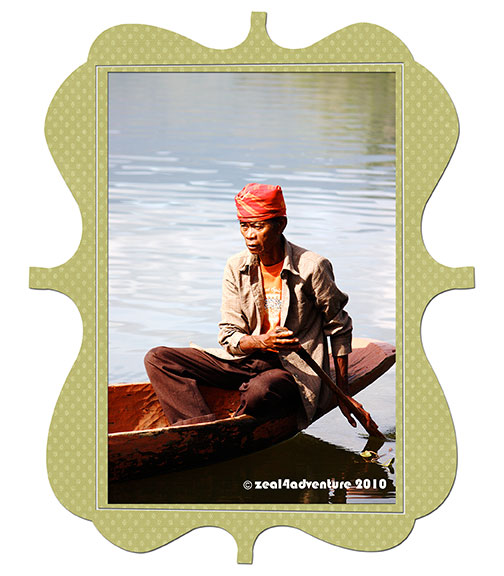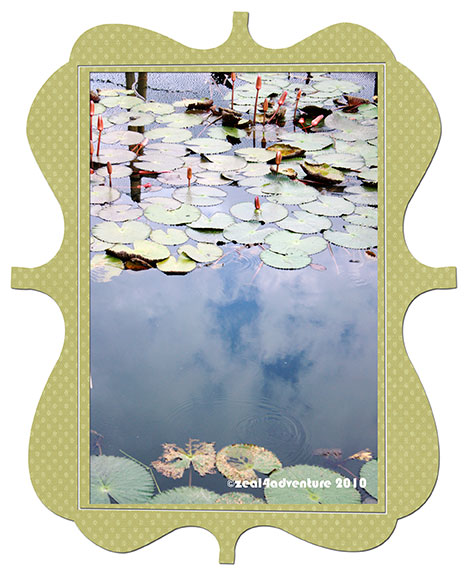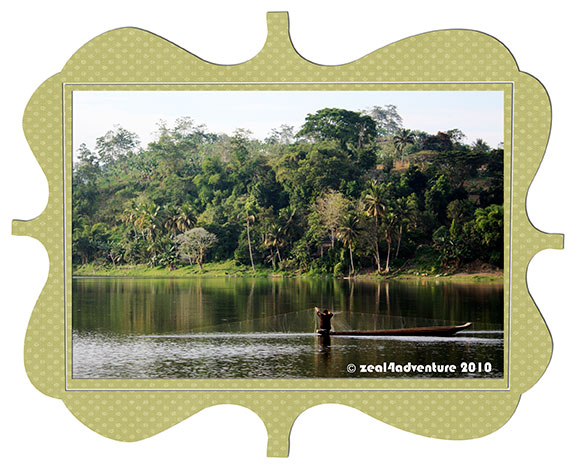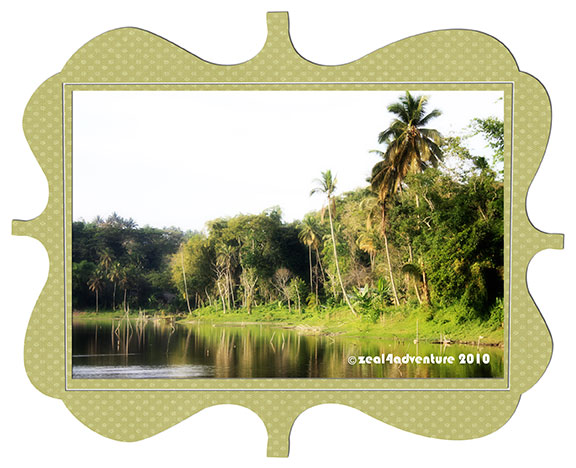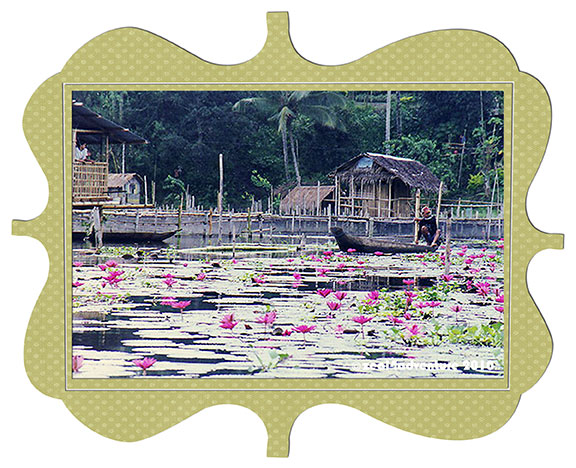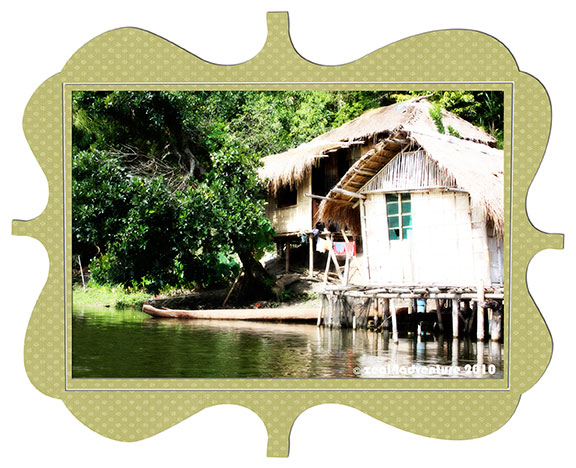We were welcomed by a “Bienvenidos!” by the Alavar staff, as we entered this iconic Zamboanga restaurant for dinner. An excellent way to distress after a 3-hour flight delay from Manila.

For a while there, I was disoriented… where am I? Zamboanga is popularly known as Asia’s Latin city because of its unique native dialect. The Chavacano dialect is a mixture of Spanish and various other local dialects and international languages. It is also the oldest spoken language in the country reflecting a rich linguistic history of its people.
So rich in natural resources, it is dubbed as the “Sardines Capital of the Philippines” as sardine fishing and processing accounts for about 70% of the city’s economy. Having said that, it is also known as the City of Flowers (the etymology of Zamboanga comes from the Malay word “jambangan” – garden of flowers.
I’ve always wanted to visit Zamboanga but never got around to it until now, upon my urging and the invitation of (my new and hubby’s old) friend.
An emerging tourist destination, the city continues to attract visitors because of its multi-cultural dishes, gorgeous beaches, and rich history.
On limited time, we went straight to the top sights:
The Great Sta. Cruz Island
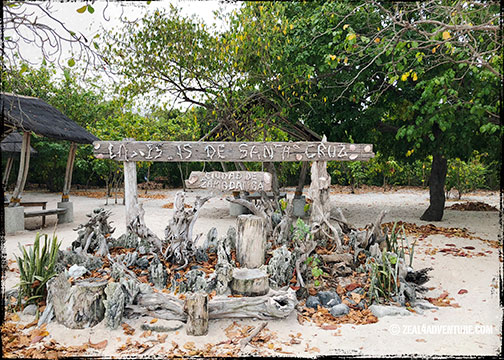
It is known for its pink sand beach, sand bar, and mangrove lagoon. Just 20 minutes away by boat from the Paseo del Mar, it is probably the most popular tourist spot in Zamboanga.
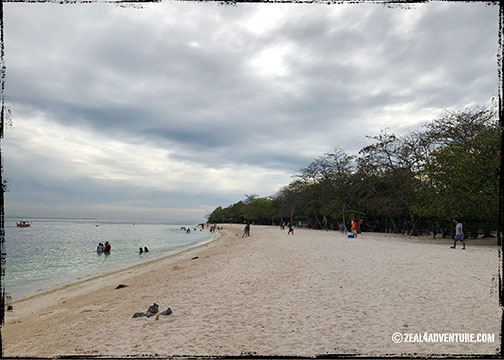
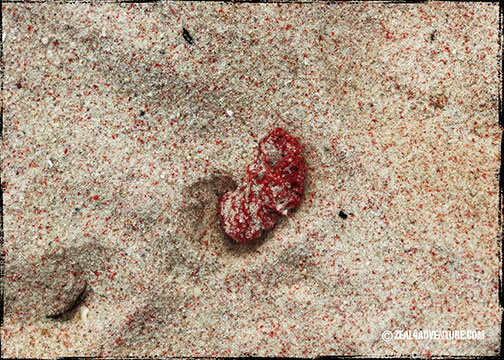
A protected area in the Basilan Straits, visitors are allowed to visit the sandbar but with a 15-minute time limit.
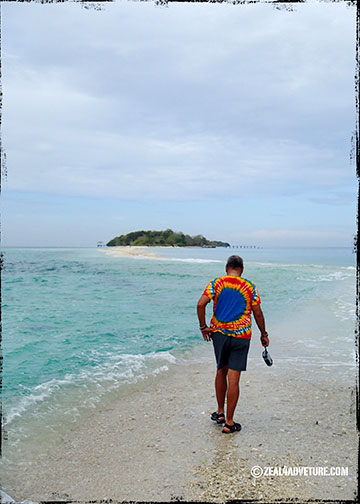
There are also no accommodations on the island and camping is likewise not allowed. No restaurants, only low-impact facilities, and structures were built on the island.
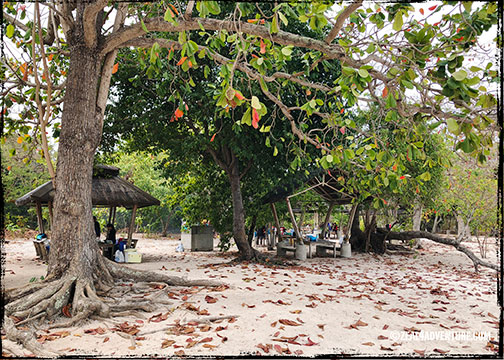
There are locals selling seafood, and you can request them to cook it for you, for a fee. In our case, our host brought most of the food. A start in the right direction, don’t you think?
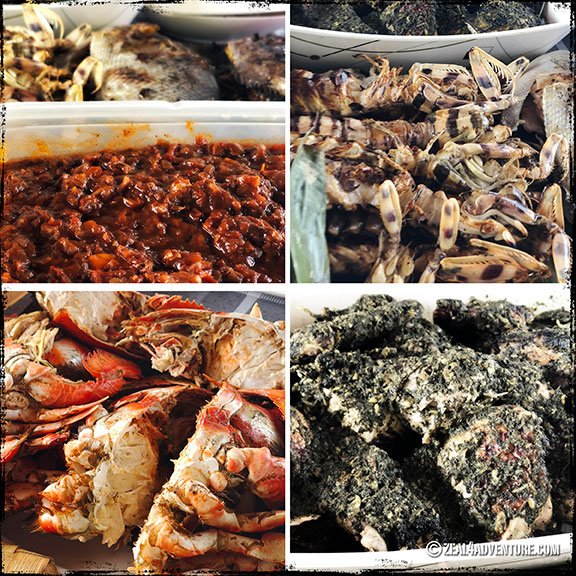
Make sure to also explore the mangrove lagoon because this was the highlight of my day. You will witness an extensive mangrove system where flying foxes and various waterbirds roost.
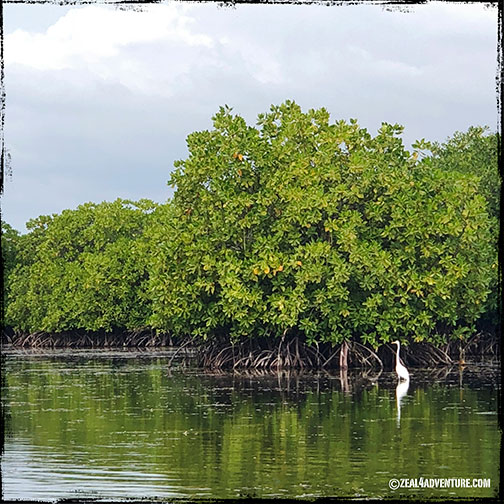
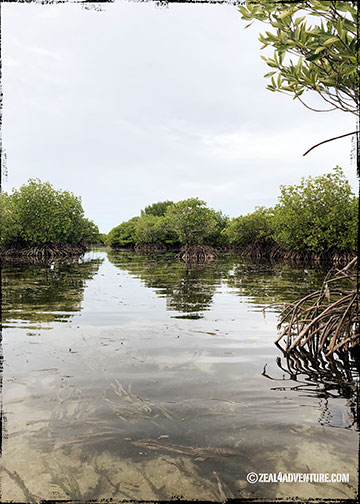


Costs:
Boat rental: P1,000
Entrance Free: P20/guest
Terminal Fee: P5/guest
Cottages range from P100-500 depending on the size.
Once Islas
Composed of 11 islands along the Moro Gulf, located within the boundaries of Barangays Panubigan and Dita. Four are open to the public so far. To ensure responsible and sustainable tourism development and cultural sensitivity, the islands are managed and led by the community of indigenous people who live there. This is, of course, with the support of the Local Government Unit and the City Tourism Office.
Just an hour drive from the city proper, these islands are ideal for low-impact activities like swimming, snorkeling, kayaking, and trekking. Formally launched in July 2018, Once Isla is the newest eco-cultural tourism attraction of Zamboanga.
We went to 3 of the 4 islands:
Bisaya-Bisaya

Beautiful, powdery white beach on one side and stunning rock formation on the other, which can be trekked with a guide.

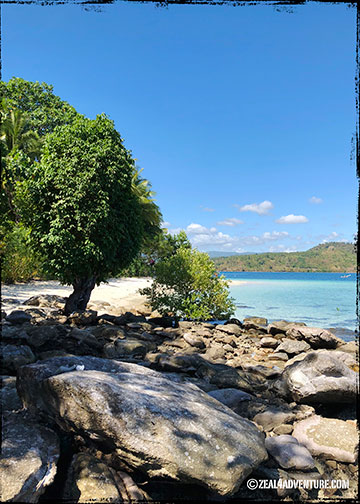
During low tide, they said that visitors can cross over to the smaller islet nearby and take a dip in the tidal lagoon. We didn’t get to do this.
Bauang Bauang

Our second stop is a lovely island with powdery soft sand and crystal clear water.
Sirommon

The island has a fine sand beach with a fabulous sandbar that appears during low tide.

A short trek away, on the other side of the island, is a Sama Banguigui tribal community, which can prepare food if given enough notice.
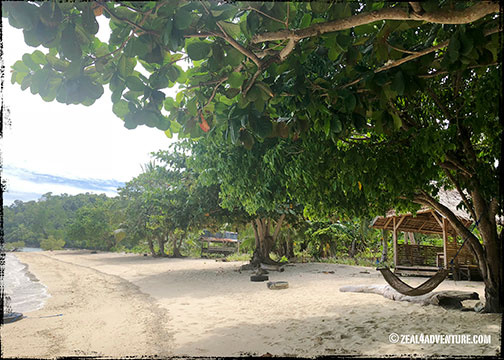
This side of the island is equally, if not more beautiful because of the mangroves grown on one side of the beach.


Guests are required to book with the Zamboanga Tourism Office at least one day in advance. Email them at tourism.zambo@gmail.com or call them at (063) 992-3007
Costs:
Entrance fee: P100
Environmental Fee: P100
Boat rental: P1,200-2,000 depending on the size and capacity
Cottages: P150
Other Important Information:
Alavar Seafood House: Dr. Alfaro St., Tetuan (063) 991-2482

